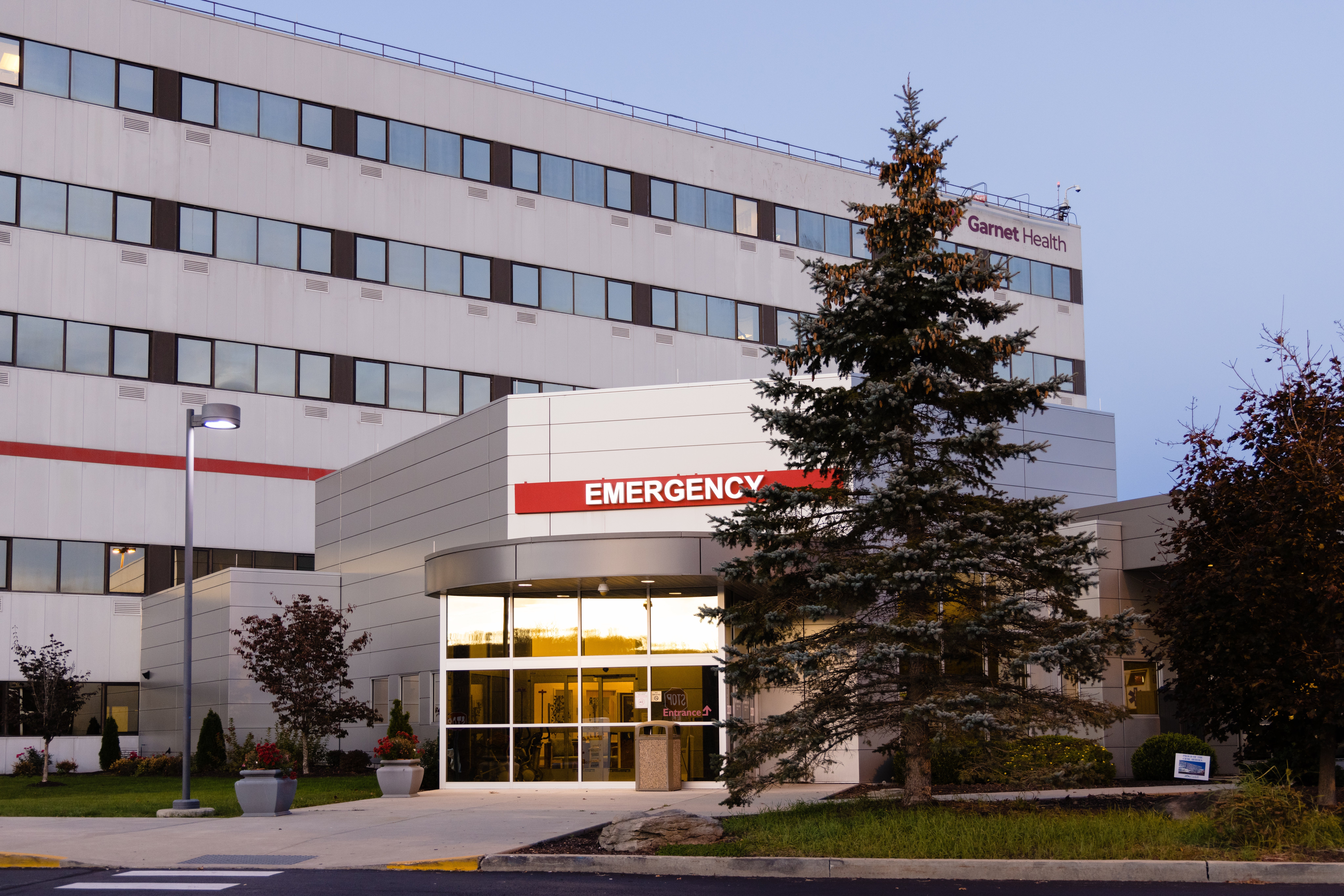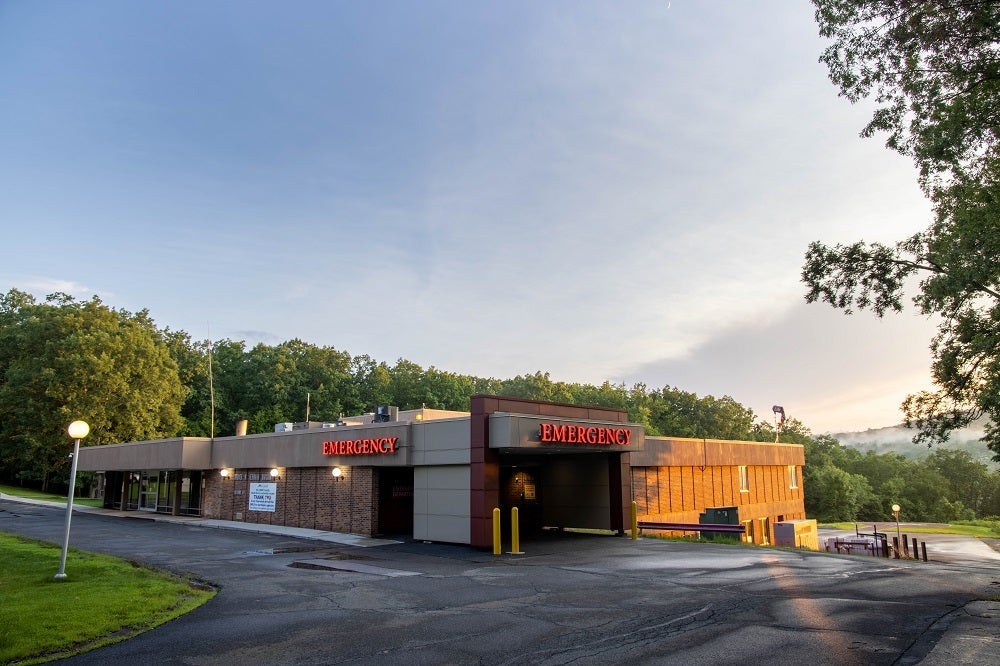Sexual Assault Examination
In any emergency situation, please remember to call 911.
Find Emergency CareBody
Sexual Assault Examination Services
It’s hard to know what to do, how to feel or what your options are after a sexual assault. Please know that you are not alone and that what happened was not your fault.
The purpose of our sexual assault examination services at Garnet Health is to ensure that rape victims will be treated properly and appropriately. And ultimately, for the benefit of the community, to ensure that sexual assault offenders are tried and convicted. Our team consists of compassionate professionals who have received special training in treating and caring for sexual assault victims, collecting and preserving physical evidence, and providing expert testimony when the case goes to court.
Frequently Asked Questions (FAQs)
What is a forensic exam?
After sexual assault and upon arrival at Garnet Health Medical Center's Emergency Department, the victim is seen by hospital staff and assessed for emergency medical services. A rape crisis advocate is called, who dispatches a Sexual Assault Examiner when available and appropriate. The victim is escorted to a comfortable, private room that has been designated for the S.A.E. program.
The rape crisis advocate will be available to the victim throughout the comprehensive collection of forensic evidence and throughout the criminal justice process.
Who pays for the exam?
All victims are entitled to a free forensic exam. Additional benefits can be obtained through an application to the Office of Victim Services, with advocate assistance if desired.
Does the assault get reported to police?
Not necessarily. It is up to the victim to decide whether or not they would like to report the assault to the police. Our rape crisis advocate and sexual assault examiner will provide options to the victim and support any choices the victim makes. Victims who are uncertain are encouraged to proceed with the forensic exam, as any evidence collected can be held in a locked refrigerator for up to 30 days - allowing additional time for the victim to decide if they would like to report the assault.
This project was supported by a grant administered by the New York State Division of Criminal Justice Services. Points of view in this document are those of the author and do not necessarily represent the official position or policies of the Division of Criminal Justice Services.
Locations
Emergency Department at Garnet Health Medical Center
707 East Main Street
Middletown, NY 10940
Emergency Department at Garnet Health Medical Center - Catskills, Harris Campus
68 Harris Bushville Road
Harris, NY 12742
Emergency Department at Garnet Health Medical Center - Catskills, Callicoon Campus
8881 Route 97
Callicoon, NY 12723


